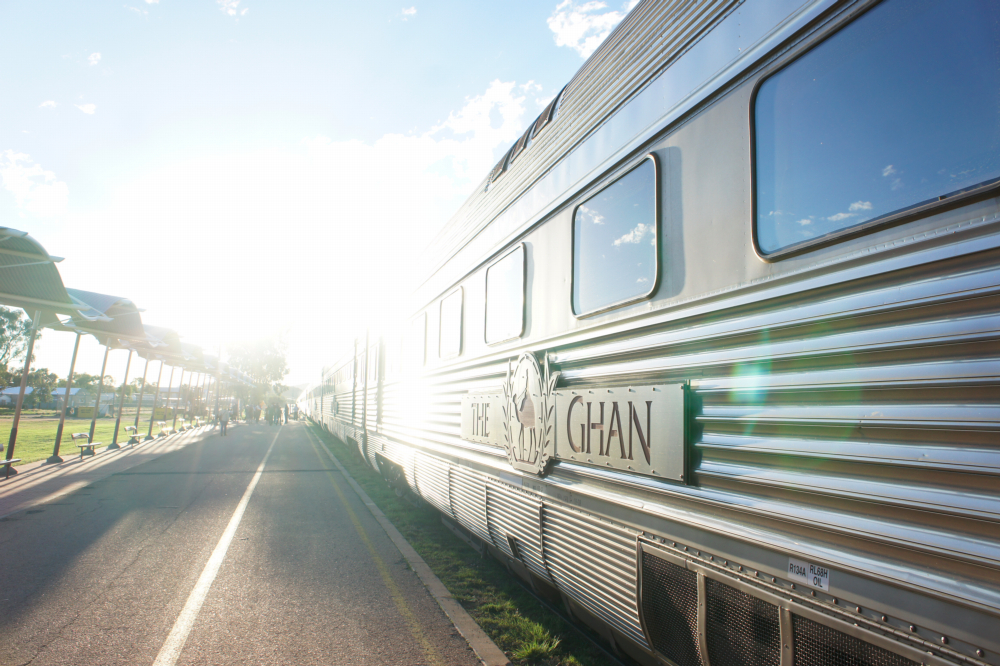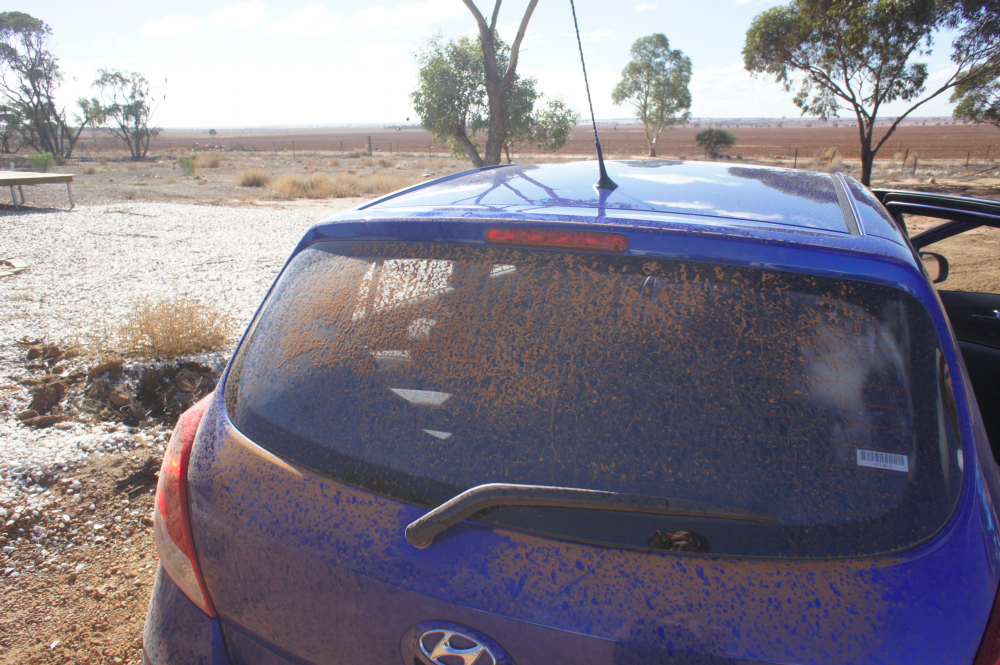There is no one best way to get around Australia. There are bits of the country you can only reach by car – by 4WD, even. There are many, many places that you can fly to – but then you miss all the bits in between. There are quite a few places that you can reach by rail, but the infrastructure is by no means comprehensive. Hence, the best way to get around Australia is to piece together transport out of all the available options. Click through for more on each mode of transport we used.
1. Rail travel on the AusRail pass
 Definitely my top recommendation. Unless you are planning to buy a car or want to fly everywhere (missing out on all the scenery in between), trains are the best way to get around most of Australia. You will need cars and planes to fill in the gaps.
Definitely my top recommendation. Unless you are planning to buy a car or want to fly everywhere (missing out on all the scenery in between), trains are the best way to get around most of Australia. You will need cars and planes to fill in the gaps.
2. Camper relocations around Australia
 Camper relocations are another great, cheap way to get around Australia. However, unless you really love driving and have company/someone to share the driving with, this is only recommended for relatively short journeys.
Camper relocations are another great, cheap way to get around Australia. However, unless you really love driving and have company/someone to share the driving with, this is only recommended for relatively short journeys.
3. Cheap airlines in Australia
 There are a few cheap budget airlines in Australia and, based on my experience, I would rank them in the following order:
There are a few cheap budget airlines in Australia and, based on my experience, I would rank them in the following order:
Virgin Australia: complimentary drinks on board a budget flight, can someone tell Michael O’Leary about this?
Jetstar: All-round decent budget airline, but loses favour for all eternity for operating their Cairns-Darwin flight out of the International Terminal, making that trip so much more stressful than it needed to be.
Tiger Australia: Horror stories abound, but luckily, I escaped both my Tiger flights within Australia unscathed. Yes, it’s a Ryanair-level cattle class experience, but quite often the prices are so much cheaper than any other airline’s, you just deal with it.
4. Renting a car in Australia
 One of the few things in expensive Australia that comes relatively cheep is renting a car. We usually compared prices between the major car rental companies and more often than not, Budget turned out to be the cheapest option. There are sometimes small, local companies that will offer better prices, but they will, as a rule, also be stricter about returning the car punctually and less willing to overlook small dents, scratches and the fact that you return the car absolutely filthy with red dust after several days of quite clearly driving all those dirt tracks you aren’t supposed to take rental cars on, ever.
One of the few things in expensive Australia that comes relatively cheep is renting a car. We usually compared prices between the major car rental companies and more often than not, Budget turned out to be the cheapest option. There are sometimes small, local companies that will offer better prices, but they will, as a rule, also be stricter about returning the car punctually and less willing to overlook small dents, scratches and the fact that you return the car absolutely filthy with red dust after several days of quite clearly driving all those dirt tracks you aren’t supposed to take rental cars on, ever.
Make sure you have a rental car insurance or travel insurance that covers rental cars. That way you can say “no, thank you” to the optional excess reduction, which usually costs more than the rental itself. The rental car insurance we had also covered things like windscreen damage that aren’t covered by the insurances offered by the car rental companies.
Be aware that you are not supposed to take most rental cars on unsealed roads and you shouldn’t drive outside city limits after dark. The former we did quite a lot and as long as you inform yourself locally of the condition of the road, take it easy and drive slowly, this is a reasonable risk you need to judge for yourself. Driving after dark is reckless and dangerous and if you’ve ever seen a Kangaroo jump out right in front of a car, you will know there is no way of driving slowly, safely or carefully enough to prevent a collision in the dark.
Depending on where you are driving, it’s often quite easy to find people to share the trip – and the costs – via Gumtree. In Kakadu and Uluru, it was cheaper for us to buy camping equipment, rent a car, pay for food and fuel, than to book a tour – and that was only sharing between two people.